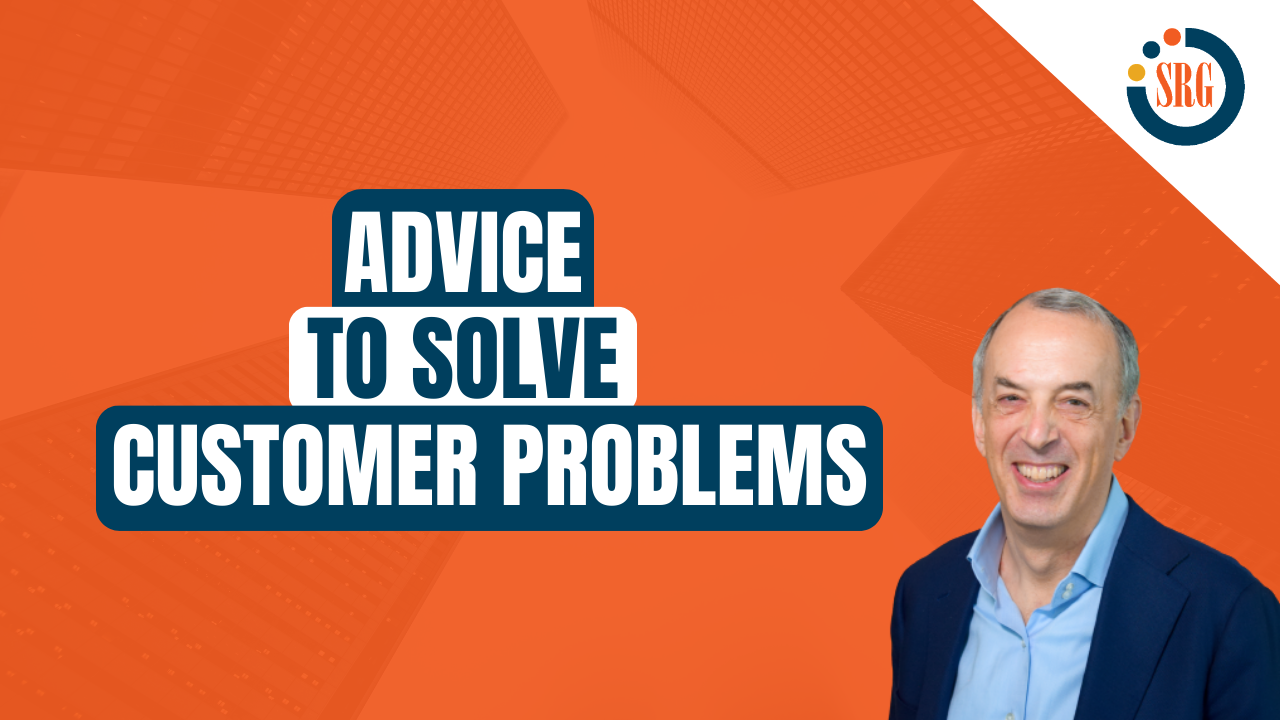“Fall in love with the problem, not the solution.” That’s how Uri Levine, the co-founder of Waze, the world’s leading navigation app which Google acquired, boiled down the secret of successful entrepreneurship.
Speaking recently at a technology conference, Uri Levine explained how engaging with the problem can lead to more interest and motivation to find a solution, “Assume I build a start-up, and I say it’s using an AI machine learning algorithm to make a new navigational system — you say, ‘who the heck cares?’ But if I say I’m building a system to help you avoid traffic jams, then suddenly you get connected with the problem, and it’s much easier to understand.”
According to Levine, “Engaging people with the problem rather than the solution makes life easier; and it remains a beacon, a north star for where you’re going.” That’s true for technology startups, and it’s also true for sales. Customers buy to solve significant problems; they don’t care about the features of your solution (unless those features address their problem)
Don’t Fall in Love with the Solution.
Unfortunately, many salespeople turn Levine’s slogan on its head; they fall in love with their solution, not the customer’s problem. That typically translates into the salesperson talking about their solution in too much detail early in the sales conversation before the customer can fully consider their problem's consequences or ramifications. Without an urgent problem as the customer’s motivator, your sales opportunities can stall
So how can you “fall in love” with the problem? Or, more accurately, help your customer focus on their problem. Simple, early in your sales process, follow these four steps:
#1: Identify the problem.
Sometimes the customer’s problem is obvious, while in other situations, the customer may not even know the core problem. As a sales professional, you must ask questions designed to help your customers identify their problems. Here are a few examples:
- What are your top challenges?
- What are the barriers standing in the way of achieving these goals?
- Why is this a problem?
- What can you do to increase results beyond what you already achieved?
- How can we help you?
- Do you have any other concerns?
#2: Expand the problem.
Often, a customer’s problem may impact other areas of their business. Considering these implications leads to a growing realization on the part of the customer that they will have to solve the problem, creating urgency. This is where you need to have a deep understanding of the customer’s business to ask thought-provoking questions. Examples include:
- What or who else is being impacted by the problem?
- How does this impact [Customer Service, Finance, Development, etc.]?
- What does it cost the organization?
Expanding the problem to cover other business areas also creates more political support within the customer’s organization to solve the problem.
#3: Quantify the problem.
A great motivator is helping the customer understand a problem’s bottom line dollar impact. If you have expanded the problem to other business areas for the customer, quantifying the problem can require a complex analysis. And, quantification is even more complex when the problem is less tangible, such as increased risk or image-related issues.
Here is an extensive list of questions that will help you quantify the customer’s problems.
#4: Prioritize the problem.
Now that you’ve helped the customer consider the magnitude of the problem and how it impacts other parts of the business, the customer will start thinking about the relative importance of solving the problem. Why solve this problem instead of all the other demands they have on their plate? This is when you want your customer to prioritize the relative importance of their problem by asking them questions such as:
- Which of these problems has the most significant impact on your…?
- Is this a problem you want to solve?
- Why is it important to solve this problem?
Great salespeople, like successful tech entrepreneurs, understand that problems, not solutions, motivate people to act. You should relentlessly focus on your customer’s problems early in the sales conversation, helping them identify, expand, quantify, and prioritize their problem.
Once your customer “has fallen in love with the problem,” you can then pivot and discuss how you can help them solve their problem.


